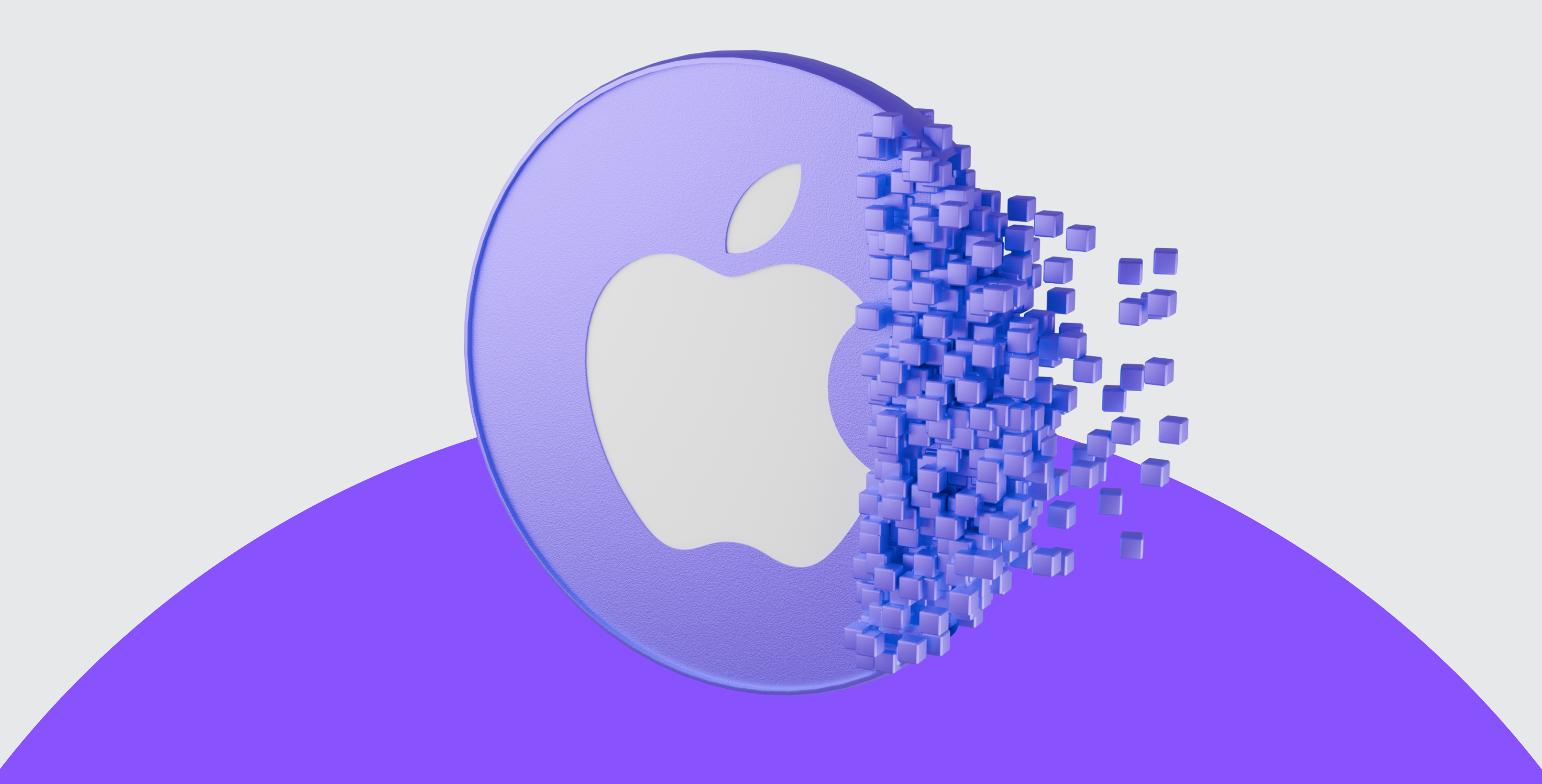Navigating The Bitcoin Halving & The Roadmap to $150,000 a BTC

Imagine a world where the new supply of any commodity – gold, oil, coffee – suddenly halves overnight. You can imagine what would happen to the price of jewellery, petrol and even your favourite cappuccino. In the world of digital commodities, namely Bitcoin, this is not a hypothetical situation but a programmed reality known as the Bitcoin halving. Just as you would expect your cappuccino to increase in price, this event has historically led to major increases in Bitcoin’s price.
Brett Hope Robertson, Head of Investments of the Cape Town-based investment app Altify, shares his insights on what exactly the Halving is, how it affects Bitcoin’s price, anticipated price projections, and details on an exclusive, limited-time investment offer from Altify.
What is The Bitcoin Halving?
To grasp the concept of the upcoming Bitcoin halving, it's essential to understand that all cryptocurrency projects are nothing more than software with programmed rules. Bitcoin is programmed so that only 21 million coins will ever be created, ensuring scarcity. Additionally, the rate at which these coins are generated — achieved through a reward given to miners for adding new blocks to the blockchain — gradually decreases over time.
But what causes that decrease in the supply of new coins?
The Bitcoin halving does.
As an analogy, imagine you're at a tea party where the amount of cake available is strictly limited to ensure that everyone gets a fair share. Initially, guests enjoy large slices. As the event proceeds, to extend the cake's availability, the host halves the size of future slices. This strategy doesn't shrink the cake but ensures every piece thereafter is smaller.
Relating this to Bitcoin, the 'cake' symbolises the finite 21 million coin supply, and the 'slices' are the miner rewards for securing transactions. The Bitcoin Halving, akin to the host's action at the tea party, reduces these rewards by half every four years.
Why is The Bitcoin Halving Important?
This reduction maintains Bitcoin's scarcity and value, similar to how halving the cake slices keeps the party fair and enjoyable for longer.
The next Bitcoin Halving is projected to occur on the 20th of April 2024, where the 6.25 Bitcoins that are currently created for each new blockchain block will be cut to 3.125 Bitcoins.

Economics 101 tells us that if demand stays constant but there is a reduction in the supply of an asset, the price of the asset will increase. This is what investors have been getting excited about with Bitcoin — it’s an asset that has both growing demand and is programmed to become scarcer over time.
The Halving’s Impact on Bitcoin's Price
Historically speaking, halvings have had a major impact on the price of Bitcoin, but it takes roughly 2.6 years to play out.
The chart below shows what would happen if Bitcoin repeats its performance around previous halvings.

Pre-Halving Price Rallies
Typically speaking, the pre-halving price increases, known as rallies, tend to start around 1.3 years (477 days) before the halving. At this point, the Bitcoin price bottom has formed and subsequently, the climb in price leading up to the halving begins. Historically, these price rallies have averaged a gain of 320% over previous halvings.
Post-Halving Price Rallies
After a Halving, Bitcoin's price usually jumps. On average, this price boost lasts for 480 days, from the halving to the peak of the next big price increase, showing gains of about 25%-30% compared to the last halving's rise.

The table above displays the results of the last three Bitcoin halvings (black) and the estimated effect of the upcoming halving (blue). Over the last three halvings (black), the Bitcoin price increase reflected a return of 31% and 24% of its previous halving return respectively.
If we assume this pattern continues, estimating only a 20% increase on the previous halving return, Bitcoin's price could go over $167,135 by August 2025.
While it’s important to note that past performance doesn’t always indicate future returns, Bitcoin’s already proven itself to be far more than a fleeting trend. Since its inception in 2009, Bitcoin has weathered numerous cycles of extreme volatility, regulatory challenges, and speculative bubbles, yet it remains the top-performing major asset of the last decade.




